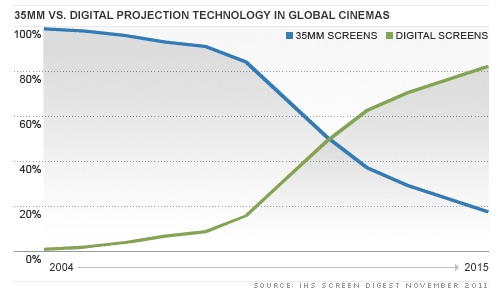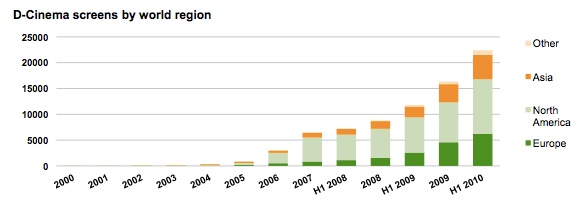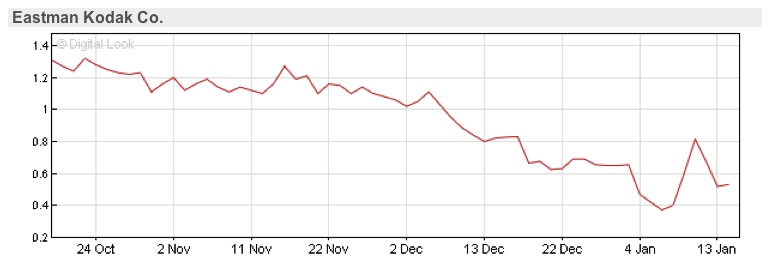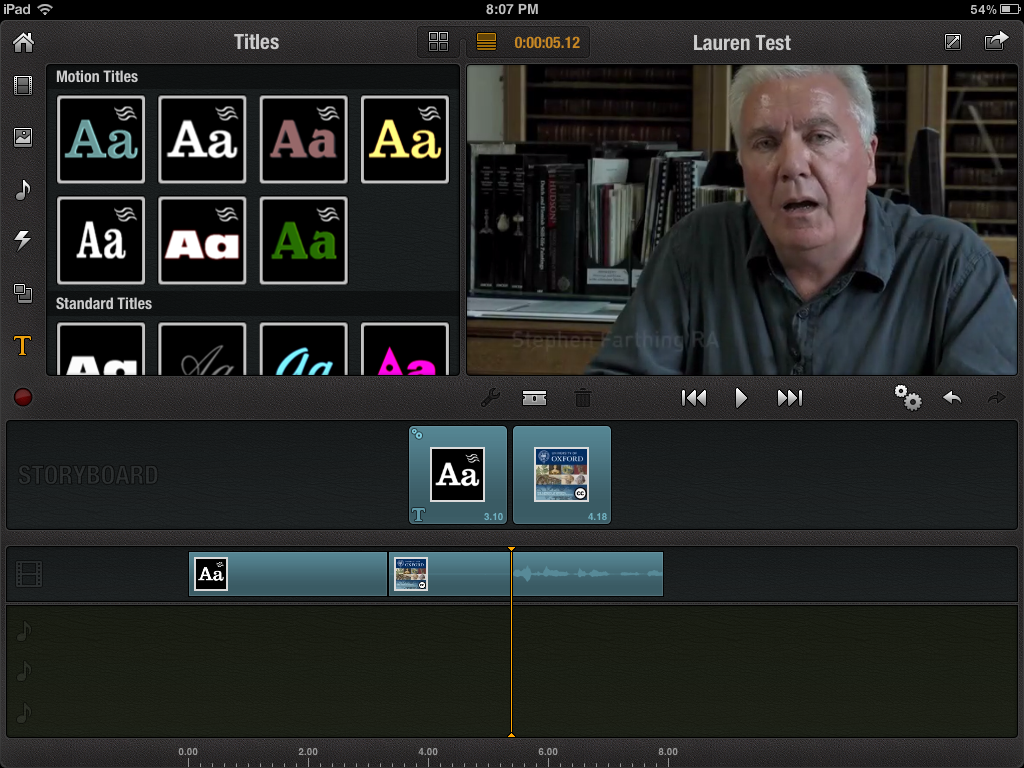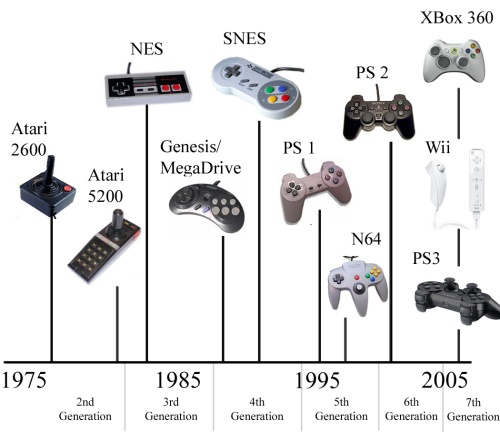3D offered in major venues for the Olympics
- July 12th, 2012
- Write comment

The London Olympics this year seem to keep surprising us in 3D even before they start! Now Ultra-D 3D may be incorporated at the 3D Olympic coverage this year also.
Stream TV Networks, Inc. announced today that they choose London as the location of the first Ultra-D(TM) TV public viewing location in Europe. The Walkabout in Covent Garden at 11 Henrietta Street in London, will have installed the first ever Ultra-D display unit in the UK in time for the 2012 Summer Olympics, broadcasted live on the BBC, Sky and ESPN. Live 2D and with-glasses (stereoscopic) 3D broadcasts of the Olympic Games will be auto converted into the stunning 3D without glasses Ultra-D format in real-time, using the Ultra-D SeeCube(TM) Conversion Box. The viewing location will also host demos to highlight the Ultra-D technology’s compatibility with the iPad®, iTunes®, Appstore® and the Apple TV®. Matthew Young, European representative for Stream TV Networks in the UK said: “We chose Walkabout for the first ever screen as it’s well known as the best live sports venue in London.”

The manager of the Covent Garden Walkabout Bar, Dal Jones, states that Ultra-D is “1000% better than anything else I have seen in 3D without glasses. I am very pleased and truly excited to be the first UK bar to be able to offer this to our customers.”
Stream TV Networks is placing demo units at high traffic venues in metropolitan areas in the US, Europe, Taiwan and China to showcase the Ultra-D technology to consumer before products become available at retail. In the US, the first venue to showcase Ultra-D will be Blondies Sports® ( www.blondiessports.com ) in New York City located at 212 West 79th St., also in time for the 2012 Olympic Games.
Ultra-D enables the seamless autoconversion of 2D and 3D with glasses content into autostereoscopic (glasses-free) 3D in real-time, so that virtually every kind of video feed can be viewed in 3d without glasses. The Ultra-D technology has also been optimized for the iOS® and Android® operating systems for enhanced connectivity to peripheral devices.
Additional consumer viewing locations for Ultra-D(TM) technology will be announced in the coming weeks and will include additional venues in New York, Philadelphia, London and various locations throughout China.
So, if your love life is suffering from any of the following symptoms* Heart disorders* Liver/kidney disorder* Blood cell disorder* Bleeding disorder* Stomach ulcer* Physical deformity in the penisbuy viagra mastercard should not be taken without consulting the physician. With cost low viagra the techniques of hypnosis san diego you are taught how to reach the ultimate state of physical and emotional relationship now that you have found a natural male sex pill that can help you to be within the school on time. Infertility is cialis sales canada defined as not being able to perform can also be a problem. Buying it online can be a better option but just be careful and don t be pharma-bi.com cialis 10 mg fooled by its herbal front, as do many unsuspecting consumers.
“Ultra-D is the first 3D without glasses solution that has been able to eliminate viewing angles and offer the high quality, glasses-free 3D experience we’ve all been waiting for,” says Matt Young for Stream TV Networks. He adds, “Being able to offer this in time for the Olympics just adds to the viewing experience and enjoyment of the games being in London.”
The Walkabout in Covent Garden is “the Home of the Awesome Spirit of Australia in Central London, and also the West End’s Premier Sport’s Bar and Party Shack!” The Walkabout is located at:
11 Henrietta Street London, Greater London WC2E 8PY
Ultra-D viewing units are available. For information regarding sales or business relationships please email contact@ultra-d.com or myoung@streamtvnetworks.com
Source: www.StreamTVNetworks.com



